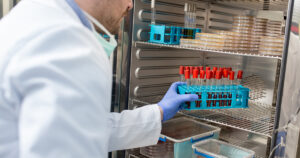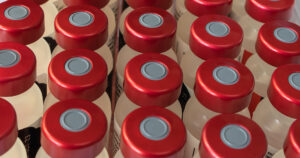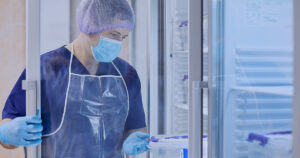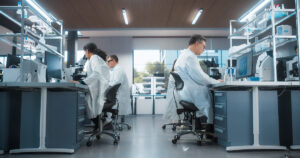Preserving Dignity – Temperature Monitoring for Mortuaries
Mortuaries and funeral homes play a profound role in society, providing care, respect, and dignity to individuals and their families during life’s most sensitive moments. Behind the scenes, maintaining proper environmental conditions—especially consistent, low-temperature storage—is absolutely vital. From preservation and regulatory compliance to operational efficiency, temperature monitoring is an essential component of professional mortuary management.











